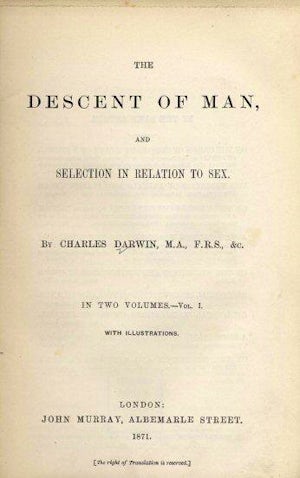December 9, 1948. The United Nations General Assembly adopts the text of the "Convention for the Prevention and Punishment of the Crime of Genocide". In terms of content, the text can be, roughly, divided in two. The first part deals with how to understand genocide; the second part, when and by who cases of genocide can be legally tried.
Article I of the text affirms that genocide is an international crime. Article II offers a definition of genocide: With aim of destroying national, ethnic, racial, or religious groups genocide consists of:
"a) Killing members of the group;
b) Causing serious bodily or mental harm to members of the group;
c) Deliberately inflicting on the group conditions of life calculated to bring about its physical destruction in whole or in part;
(d) Imposing measures intended to prevent births with the group;
(e) Forcibly transferring children of the group to another group"
The text further outlines that heads of state, government officials, and private individuals can be tired for genocide if they commit, attempt, conspirer to, or are complicit with acts of genocide (Articles III, IV). In terms of prosecution, the document stipulates that genocide can be tried by state or international legal bodies (Article VI). Punishments for genocide are contingent on the relevant legislation and constitutions of the presiding legal bodies (Article VII).
The Genocide Convention was the first human rights treaty adopted by the General Assembly of the United Nations. It focuses attention on the protection of national, racial, ethnic and religious minorities from threats to their very existence. After obtaining the requisite twenty ratifications required by article XIII, the Convention entered into force on 12 January 1951 (Schabas).
There are number of notable points in the text of the convention worth addressing, some positive, some negative. More positively, unlike previous UN documents dealing with genocide (e.g., Resolution 96 (I) (The Crime of Genocide) of UN General Assembly, 1946), this document declares that as well as in times of war, genocide counts as a crime even if committed during peacetime. Additionally, the text, for the first time, recognizes that genocide is subject to universal jurisdiction, i.e., countries could prosecute acts genocide even if the acts themselves were not committed in the countries' territory. More negatively, the text essentially excludes "ethnic cleansing" from the scope of the definition (Schabas), and the convention does not establish a monitoring mechanism alongside the legal definition of genocide.
In terms of its relation to the history of eugenics, this document sheds light on the contradictions in thought and practice around human rights at the time. When the convention adopted this document, sterilization policies and practices existed in many North America provinces and states. To take just one example, the province of Alberta, Canada had sterilization legislation, adopted in 1928, specifically targeting people with mental disabilities for sterilization in order to prevent them from having children. Such legislation clearly violates Article II(d) of the Convention on genocide which specifies that "[i]mposing measures intended to prevent births with the group" counts as genocide. Thus it is a disturbing historical puzzle as to why when this text was adopted by the UN no issues were had with concurrent eugenic practices and policies that directly contravened it.
-Luke Kersten
United Nations General Assembly. (1948). Resolution 260 (III): Prevention and Punishment of the Crime of Genocide. Retrieved from: http://www.un.org/ga/search/view_doc.asp?symbol=a/res/260(III)
Schabas, W. (2013). Convention on the Prevention and Punishment of the Crime of Genocide. United Nations Audiovisual Library of International Law. Retrieved from: http://legal.un.org/avl/ha/cppcg/cppcg.html.
 1869:
Galton publishes Hereditary Genius
1869:
Galton publishes Hereditary Genius
 1871:
Charles Darwin publishes The Descent of Man
1871:
Charles Darwin publishes The Descent of Man